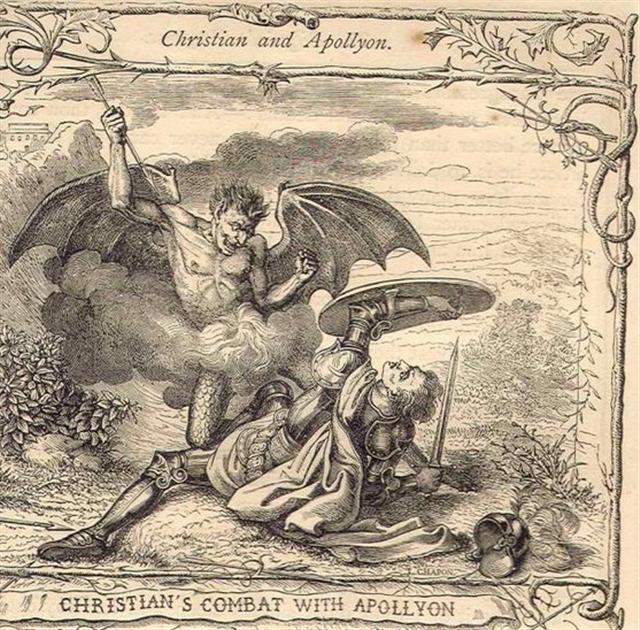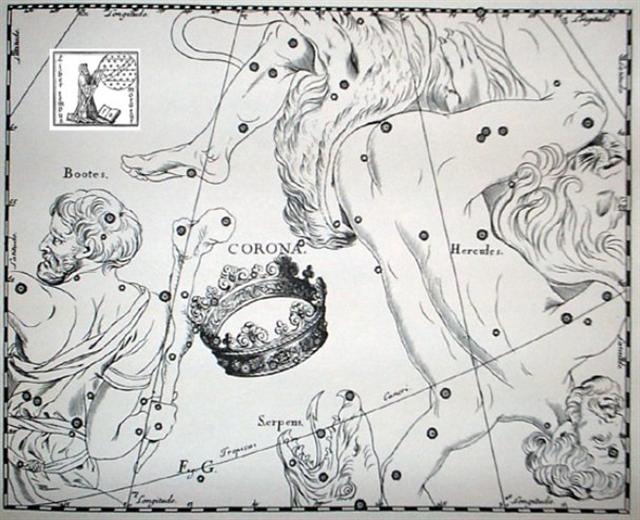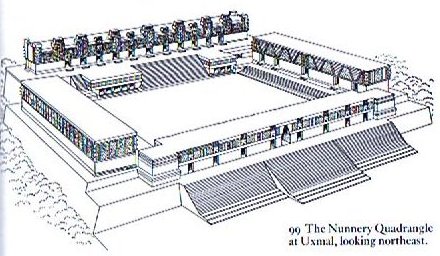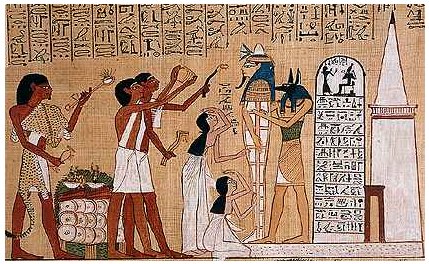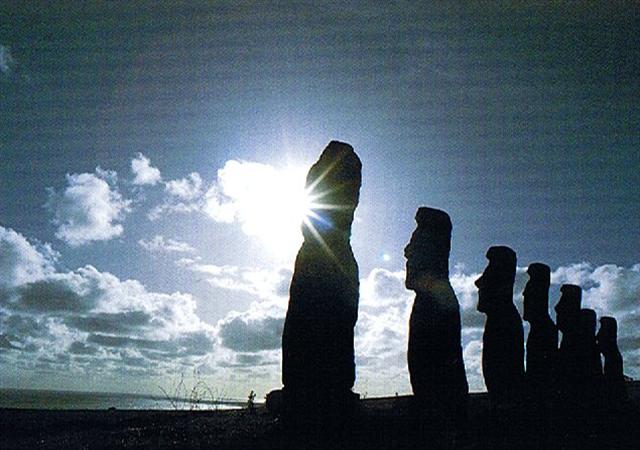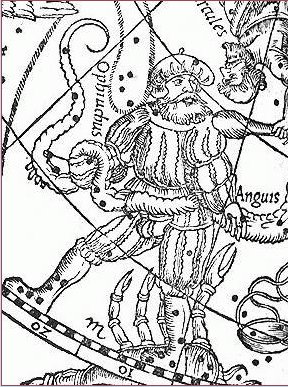452. The Old Oak was killed at midsummer and translated up to Corona Borealis: ... Here at last I can complete my argument about Arianrhod's Castle and the 'whirling round without motion between three elements'. The sacred oak-king was killed at midsummer and translated to the Corona Borealis, presided over by the White Goddess, which was then just dipping over the Northern horizon. But from the song ascribed by Apollonius Rhodius to Orpheus, we know that the Queen of the Circling Universe, Eurynome, alias Cardea, was identical with Rhea of Crete; thus Rhea lived at the axle of the mill, whirling around without motion, as well as on the Galaxy. This suggests that in a later mythological tradition the sacred king went to serve her at the Mill, not in the Castle, for Samson after his blinding and enervation turned a mill in Delilah's prison-house ... This should be just before kotia in Ca9-9, and the first Greek lettered star (ο) in Corona Borealis evidently coincided with a vai type of glyph drawn a bit uplifted (translated upwards) compared to the surrounding glyphs. Furthermore, its single (stringlike) perimeter could have indicated the shadowy time of the spear-armed tanist of Hercules (Ophiuchus, Poeas): ... This Hercules is male leader of all orgiastic rites and has twelve archer companions, including his spear-armed twin, who is his tanist or deputy. He performs an annual green-wood marriage with a queen of the woods, a sort of Maid Marian. He is a mighty hunter and makes rain, when it is needed, by rattling an oak-club thunderously in a hollow oak and stirring a pool with an oak branch - alternatively, by rattling pebbles inside a sacred colocinth-gourd or, later, by rolling black meteoric stones inside a wooden chest - and so attracting thunderstorms by sympathetic magic ...
And the last Greek lettered star in Corona Borealis - i.e. according to my list, viz. ι, - coincides with glyph number 242 (= 2 * 121) - which also is the number of glyphs on side b of the G tablet:
Number 9 - as in the glyph line - ought for the sake of harmony to have signified the Underworld (Rarohenga, Xibalba):
... An iconographic study by Jeff Kowalski suggests a cosmological layout for the Nunnery. The higher placement of the North Building, with its 13 exterior doorways (reflecting the 13 layers of heaven), and the celestial serpents surmounting the huts identify it with the celestial sphere. The iconography of the West Building, with 7 exterior doorways (7 is the mystic number of the earth's surface), and figures of Pawahtun - the earth god as a turtle - indicate this to be the Middleworld, the place of the sun's descent into the Underworld. The East Building has mosaic elements reflecting the old war cult of Teotihuacan, where tradition had it that the sun was born; thus, this may also be Middleworld, the place of the rising sun. Finally, the South Building has 9 exterior doorways (the Underworld or Xibalba had 9 layers), and has the lowest placement in the compex; it thus seems to be associated with death and the nether regions ... At birth the newborn baby has to quickly open his mouth in order to breath in the surrounding life-giving air:
... There is a curious tradition concerning these grizzled, otherworldly statues, solemn and powerful, with their blank, aloof eye-sockets gazing out over the limitless ocean. Like most of the other Moai of Easter Island the local belief is that they died, long ago, at the time when mana - magic - supposedly fled from the island never to return. However, in common with only a very few of the other Moai, it is believed that these particular statues still have the power, twice a year, to transform themselves into aringa ora - literally 'living faces' - a concept startingly similar to the ancient Egyptian notion that statues became 'living images' (sheshep ankh) after undergoing the ceremony of the 'opening of the mouth and the eyes'. Statues at Angkor were likewise considered to be lifeless until their eyes had been symbolically 'opened' ...
And at his terminal point, his eyes and mouth shall be closed. If a man is strangled (like Maui by Hine nui te Po) he cannot breath in air and the fire within him will die down from lack of oxygen. Possibly the effect of a severe case of choking on a fish-bone (haka-raoa) might be the same. In the magnificent Tahua tablet, I remember, there was a glyph in what could be late autumn which gave me the impression of strangulation:
Hercules had 12 archer companions and possibly they corresponded to months. And maybe the half-year of Hercules corresponded to summer and to the 6 glyphs Aa1-5 up to and including Aa1-10 (where the creator of the glyph has drawn the upright member in front severed (lopped off). When close to birth (close to the horizon) the Sun could be hurt by strings it was said: ... string games could be resumed after it was clear that the Sun had managed to leave the horizon and was rapidly gaining in altitude: 'Before the sun starts to leave the horizon ... when it shows only on the horizon, ... then string games were no longer allowed as they might lacerate the sun. Once the sun had started to go higher and could be seen in its entirety, string games could be resumed, if one so wished. So the restriction on playing string games was only applicable during the period between the sun's return and its rising fully above the horizon ... The horizon in the east was ruled by Mercury (never seen anywhere else than close to the surface of Mother Earth), and his orbit looked like a nest of strings: ... Ganz ähnlich is der Name 'Gott von Duazag' des Gottes Nabū ... zu erklären. Er bezeichnet ihn als den Gott des Wachtstums, welches als aus dem Osten stammend betrachtet wird, weil die Sonne, die das Wachstum bringt, im Osten aufgeht. Dass aber Nabū als Ost-Gott aufgefasst wurde, hängt damit zusammen, dass sein Stern, der Mercur, nur im Osten oder Westen sichtbar ist ...
Observations of Mercury were difficult and they tended to be cut off (koti) by the limit of the horizon. Possibly Ca9-9 at the Heart of the Serpent could refer to the place of Mercury. In the calendar for the week on the Large Santiago Tablet (H) the chaotic orbit of Mercury (Hiro, Nabū) is evidently indicated:
9 * 36 = 324 as in NOVEMBER 20 and in "February 8 (39 + 365 - 80 = *324) could have referred to the season from Sirrah to Rigel (the 'Foot'):
The unpredictable orbit of the 'Royal-inebriate' could have been caused by the fumes of mercury:
... The name of the tree-felling captain and pilot, Hiro, probably alluded to the planet Mercury - who behaved whimsically (unstable like a liquid) and who was hard to catch sight of because he never stood high in the sky ... Mercury was used in the process of curing pelts for hats, making it impossible for hatters to avoid inhaling the mercury fumes given off during the hat making process; hatters and mill workers thus often suffered mercury poisoning, causing neurological damage, including confused speech and distorted vision ...
... Mad Dog (Lupus) The Mad Dog is probably a relic of an ancient star configuration which included the now derelict Bison-man. Together they constituted a version of the 'Lion-bull' conflict, which is widely thought to symbolise the seasonal conflict between summer and autumn. Here the bull, who represents the autumn rains slays the lion of summer ...
... the pre-Columbian Toadstool-god Tlalóc, represented as a toad with a serpent head-dress, has for thousands of years presided at the communal eating of the hallucigenic toadstool psylocybe; a feast that gives visions of transcendental beauty. Tlalóc's European counterpart, Dionysus, shares too many of his mythical attributes for coincidence; they must be versions of the same deity ... I suggest that a secret Dionysiac mushroom cult was borrowed from the native Pelasgians by the Achaeans of Argos. Dionysius's Centaurs, Satyrs, and Maenads, it seems, ritually ate a spotted toadstool called 'flycap' (amanita muscaria), which gave them enormous muscular strength, erotic power, delirious visions, and the gift of prophecy ... ... The Katawihi distinguish two rainbows: Mawali in the west, and Tini in the east. Tini and Mawali were twin brothers who brought about the flood that inundated the whole world and killed all living people, except two young girls whom they saved to be their companions. It is not advisable to look either of them straight in the eye: to look at Mawali is to become flabby, lazy, and unlucky at hunting and fishing; to look at Tini makes a man so clumsy that he cannot go any distance without stumbling and lacerating his feet against all obstacles in his path, or pick up a sharp instrument without cutting himself ... ... The Mura also believed that there were two rainbows, an 'upper' and a 'lower' ... Similarly, the Tucuna differentiated between the eastern and the western rainbows and believed them both to be subaquatic demons, the masters of fish and potter's clay respectively ... ... In South America the rainbow has a double meaning. On the one hand, as elsewhere, it announces the end of rain; on the other hand, it is considered to be responsible for diseases and various natural disasters. In its first capacity the rainbow effects a disjunction between the sky and the earth which previously were joined through the medium of rain. In the second capacity it replaces the normal beneficient conjunction by an abnormal, maleficient one - the one it brings about itself between sky and earth by taking the place of water ... Another name for Mercury was Hermes and Hermes Trismegisthos (thrice-mighty) could have referred to the fact that there were 3.14 * 115.88 = 364.0 days for the cycle of the Earth around the Sun. Although the calendar has 365 days for a year this is due to the fact that the Earth has to turn around an extra day in order to compensate for how the direction to the Sun changes during a year.
... In other words, the ancient Druidic religion based on the oak-cult will be swept away by Christianity and the door - the god Llyr - will languish forgotten in the Castle of Arianrhod, the Corona Borealis. This helps us to understand the relationship at Rome of Janus and the White Goddess Cardea who is ... the Goddess of Hinges who came to Rome from Alba Longa. She was the hinge on which the year swung - the ancient Latin, not the Etruscan year - and her importance as such is recorded in the Latin adjective cardinalis - as we say in English 'of cardinal importance - which was also applied to the four main winds; for winds were considered as under the sole direction of the Great Goddess until Classical times. As Cardea she ruled over the Celestial Hinge at the back of the North Wind around which, as Varro explains in his De Re Rustica, the mill-stone of the Universe revolves. This conception appears most plainly in the Norse Edda, where the giantesses Fenja and Menja, who turn the monstrous mill-stone Grotte in the cold polar night, stand for the White Goddess in her complementary moods of creation and destruction. Elsewhere in Norse mythology the Goddess is nine-fold: the nine giantesses who were joint-mothers of the hero Rig, alias Heimdall, the inventor of the Norse social system, similarly turned the cosmic mill ... When the Old Spider found the giant clam it was inhabited not only by the pair of snails which became the (Full) Moon and the Sun but most importantly by a big worm, named Rigi - which, acccording to my source (I just found out) the Naurus identified with a butterfly, i.e. the big worm was a kind of caterpillar, presumably a moko huruhuru: ... Maui at first assumed the form of a kiore, or rat, to enter the body of Hine. But tataeko, the little whitehead, said he would never succeed in that form. So he took the form of a toke, or earth-worm. But tiwaiwaka the fantail, who did not like worms, was against this. So Maui turned himself into a moko huruhuru, a kind of caterpillar that glistens. It was agreed that this looked best, and so Maui started forth, with comical movements. ... A very detailed myth comes from the island of Nauru. In the beginning there was nothing but the sea, and above soared the Old-Spider. One day the Old-Spider found a giant clam, took it up, and tried to find if this object had any opening, but could find none. She tapped on it, and as it sounded hollow, she decided it was empty. By repeating a charm, she opened the two shells and slipped inside. She could see nothing, because the sun and the moon did not then exist; and then, she could not stand up because there was not enough room in the shellfish. Constantly hunting about she at last found a snail. To endow it with power she placed it under her arm, lay down and slept for three days. Then she let it free, and still hunting about she found another snail bigger than the first one, and treated it in the same way. Then she said to the first snail: 'Can you open this room a little, so that we can sit down?' The snail said it could, and opened the shell a little. Old-Spider then took the snail, placed it in the west of the shell, and made it into the moon. Then there was a little light, which allowed Old-Spider to see a big worm. At her request he opened the shell a little wider, and from the body of the worm flowed a salted sweat which collected in the lower half-shell and became the sea. Then he raised the upper half-shell very high, and it became the sky. Rigi, the worm, exhausted by this great effort, then died. Old-Spider then made the sun from the second snail, and placed it beside the lower half-shell, which became the earth ... I speculate: The Polynesian name Rigi is quite similar to the Norse name Rig (alias Heimdall who sat guarding the rainbow between heaven and earth). The Polynesians cannot have words ending in a consonant. Heimdall was born from 9 joint-mothers, possibly implying he was born in the Underworld (down in the lower half-shell of the 'giant clam').
|
||||||||||||||||||||||||||||||||||||||||||||||||||||||||||||||||||||||||||||||||||||||||||||||||||||||||||||||||||||||||||||||||||||||||||||||||||||||||||||||||||||||||||||||||||||||||||||||||||||||||||||||||||||||||||||||||||||||||||||||||||||||||||||||||||||||||||||||||||||||||||
